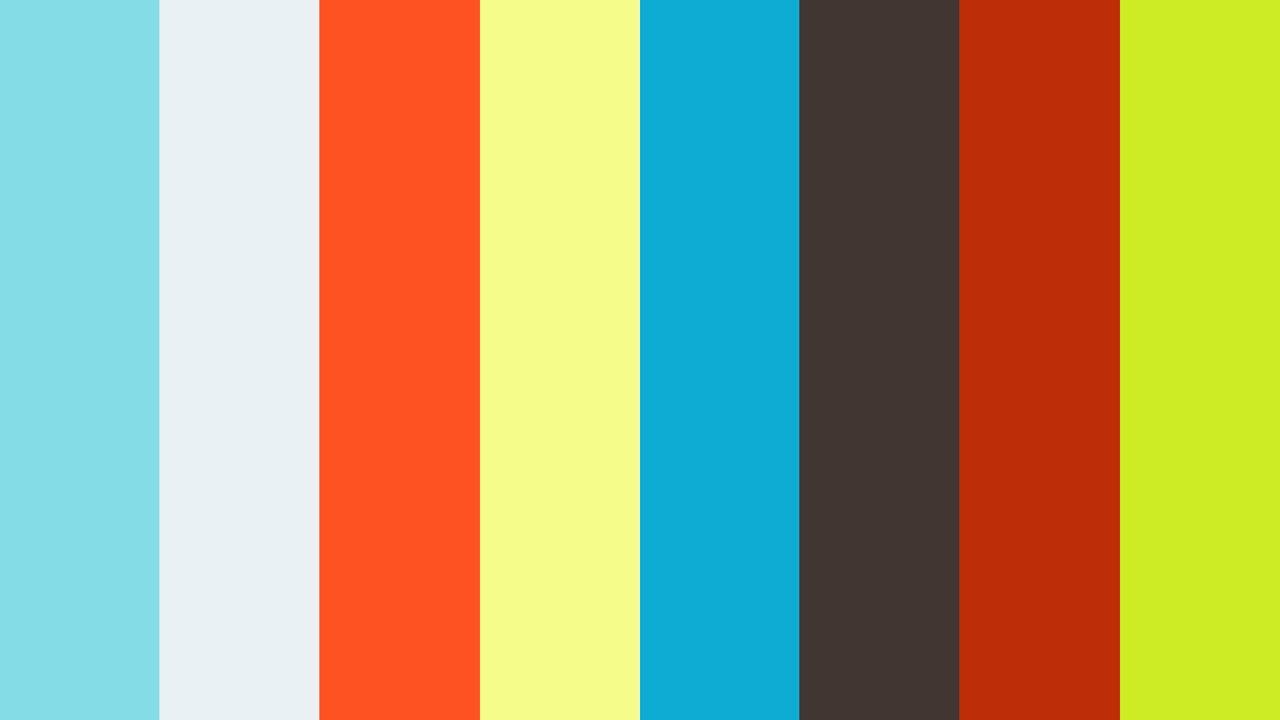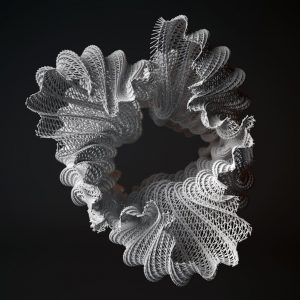kzr-project-03
/*Kevin Riordan
Section C
kzr@andrew.cmu.edu
project_03*/
var lineX=0;
var lineY=0;
var colorX=0;
var colorY=0;
var colorR=0;
function setup() {
createCanvas(640,480);
}
function draw() {
background(0);
//gridlines
for(var c=0; c<=640; c+=20) {
strokeWeight(0.3);
stroke(200);
line(c,0,c,480);
line(0,c,640,c);
}
//lines coming in from the edges from top and bottom
for (lineX=0; lineX<=640; lineX+=60) {
//varying the color based on where mouse is
colorX=mouseX;
colorX=constrain(mouseX,0,255);
colorY=mouseY;
colorY=constrain(mouseY,0,255);
stroke(lineX/4,colorX,colorY);
line(lineX,0,mouseX,mouseY);
line(640-lineX,640,mouseX,mouseY);
}
//lines coming in from the edges from left and right
for (lineY=0; lineY<=640; lineY+=60) {
//varying the color based on where mouse is
colorX=mouseX;
colorX=constrain(mouseX,0,255);
colorY=mouseY;
colorY=constrain(mouseY,0,255);
stroke(lineY/4,colorX,colorY);
line(0,lineY,mouseX,mouseY);
line(640,640-lineY,mouseX,mouseY);
};
//lines going out from center to positions around the mouse
for (var a=50; a<=650; a+=50) {
//varying the color based on where mouse is
colorR=(mouseX+mouseY)/2;
colorR=constrain(colorR,0,255);
colorX=255-mouseX;
colorX=constrain(mouseX,0,255);
colorY=255-mouseY;
colorY=constrain(mouseY,0,255);
stroke(colorR,colorX,colorY);
line(width/2,height/2,mouseX+a,mouseY-a);
line(width/2,height/2,mouseX-a,mouseY-a);
line(width/2,height/2,mouseX+a,mouseY+a);
line(width/2,height/2,mouseX-a,mouseY+a);
}
//large circle made up of smaller circles at certain increments
for(var b=0; b<=360; b+=5) {
colorX=(mouseX+mouseY)/2;
colorX=constrain(colorX,0,255);
fill(0,colorX,colorX);
push();
translate(width/2,height/2);
rotate(radians(b));
//loop used for incrementing the larger circles
for (var g=1; g<=40; g++) {
ellipse(mouseX*g,mouseY*g,5*(g/2),5*(g/2));
ellipse(mouseX/g,mouseY/g,5/g,5/g);
}
pop();
//triangular grid-like lines around circles
push();
translate(width/2,height/2);
rotate(radians(b*2));
for (var h = 1; h<=40; h++) {
triangle((mouseX+b)/h,(mouseY-b)/h,mouseX/h,mouseY/h,(mouseX-b)/h,(mouseY+b)/h);
triangle((mouseX+b)*h,(mouseY-b)*h,mouseX*h,mouseY*h,(mouseX-b)*h,(mouseY+b)*h);
}
pop();
}
//rectangles in background over gridlines
for(var d=20;d<=640;d+=40) {
//two different loops because I wanted to adjust color and placement, probably unneccessary
for(var e=0;e<=640;e+=40) {
fill(0,colorX-20,colorY-20,40);
rect(d,e,20,20);
fill(colorX-30,colorY-30,colorX-50,10);
rect(d+10,e,mouseX/10,mouseY/10);
}
for(var f=0;f<=640;f+=40) {
fill(colorX-40,colorY-40,0,50);
rect(d+10,f-10,20,20);
fill(colorY-40,0,colorY-40,60);
rect(d+30,f-10,20,20);
}
}
}
I started by making the gridlines, and then started using loops to put in shapes, changing the color and position based on where the mouse was. I originally made it 800×800, but changed it to 640×480 at the end.

![[OLD FALL 2018] 15-104 • Introduction to Computing for Creative Practice](../../../../wp-content/uploads/2020/08/stop-banner.png)








